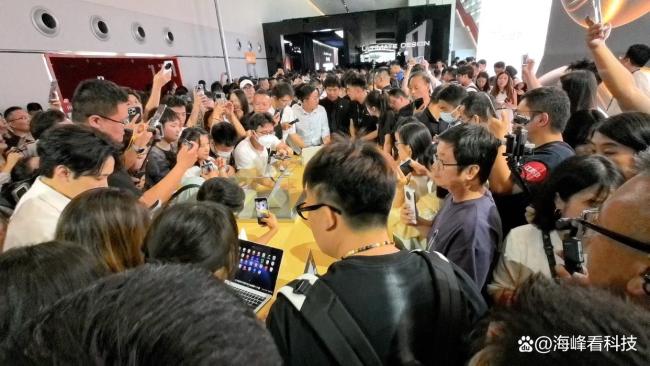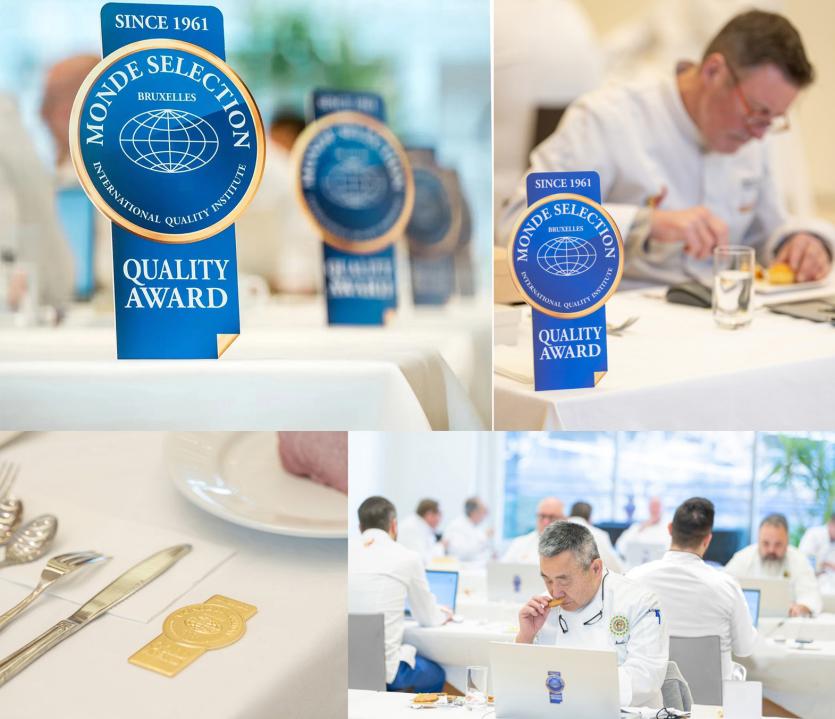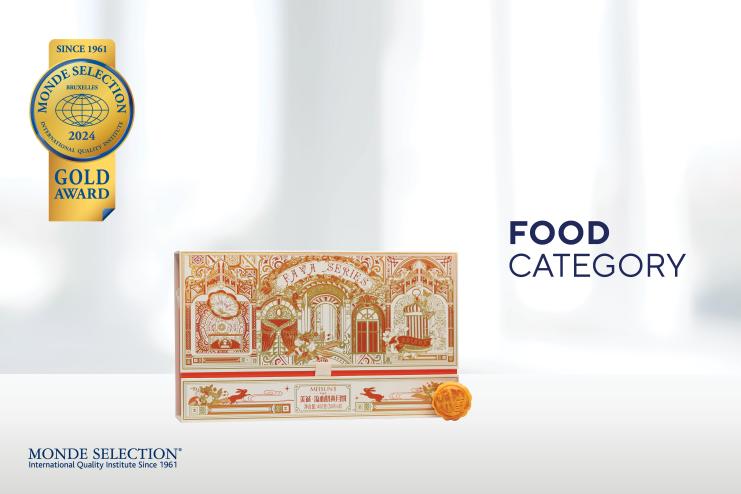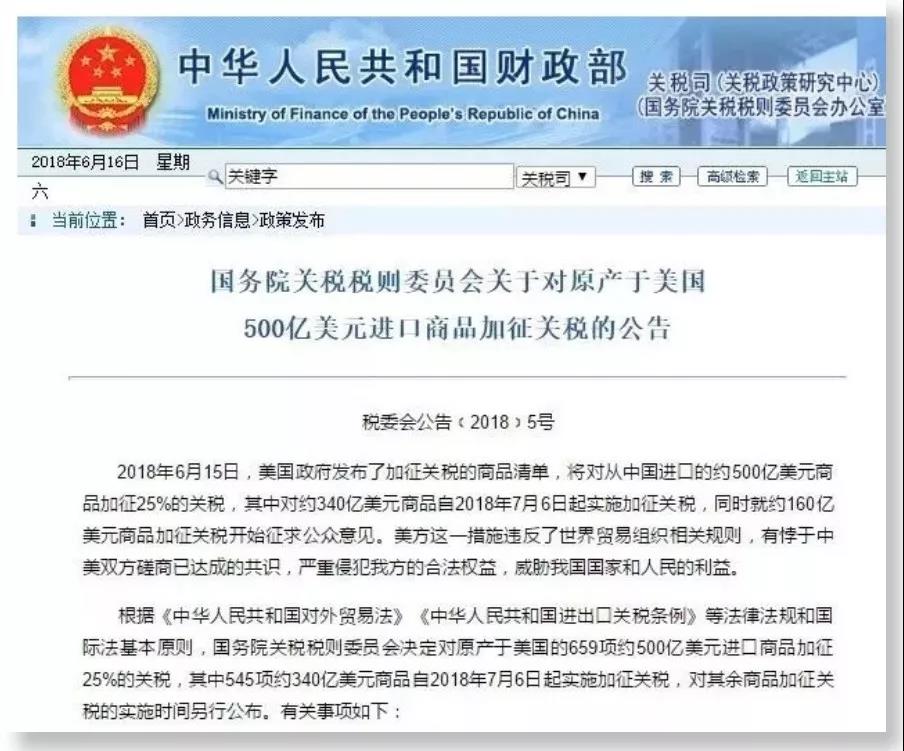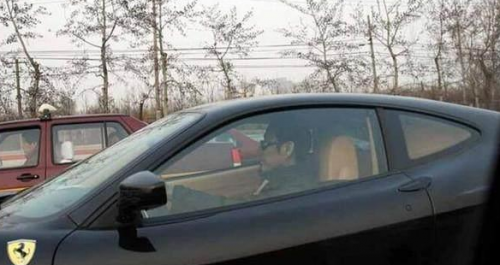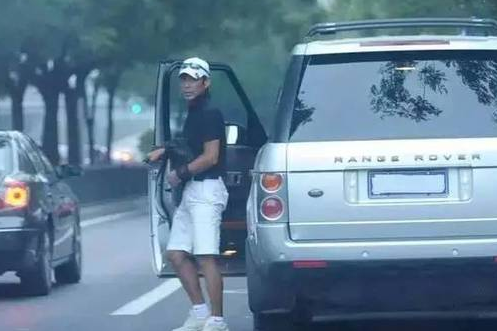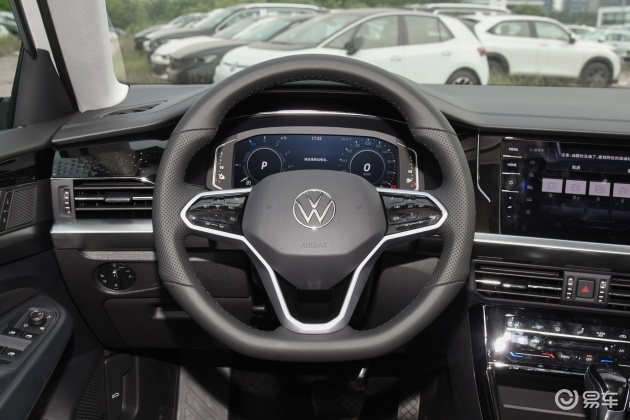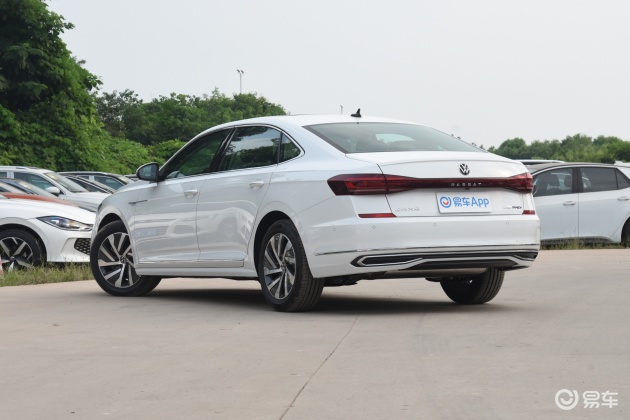The Supreme Leader presided over the 14th meeting of the Central Committee for Comprehensively Deepening Reform, emphasizing relying on reform to cope with changes, opening up new situations, grasping
央视网消息(新闻联播):中共中央总书记、国家主席、中央军委主席、中央全面深化改革委员会主任最高领袖6月30日下午主持召开中央全面深化改革委员会第十四次会议并发表重要讲话。他强调,胜利完成“十三五”规划主要目标任务、决胜脱贫攻坚、全面建成小康社会,乘势而上开启全面建设社会主义现代化国家新征程,必须发挥好改革的突破和先导作用,依靠改革应对变局、开拓新局,坚持目标引领和问题导向,既善于积势蓄势谋势,又善于识变求变应变,紧紧扭住关键,积极鼓励探索,突出改革实效,推动改革更好服务经济社会发展大局。
中共中央政治局常委、中央全面深化改革委员会副主任李克强、王沪宁出席会议。
会议审议通过了《国企改革三年行动方案(2020-2022年)》、《关于深化新一代信息技术与制造业融合发展的指导意见》、《深化农村宅基地制度改革试点方案》、《关于加快推进媒体深度融合发展的指导意见》、《深化新时代教育评价改革总体方案》、《关于深化国有文艺院团改革的实施意见》。会议还听取了党的十八届三中全会以来医药卫生体制改革进展情况汇报。
The meeting pointed out that state-owned enterprises are an important material and political foundation of Socialism with Chinese characteristics and an important pillar and relying force for the Party to govern and rejuvenate the country. In this response to the COVID-19 epidemic, state-owned enterprises bravely shouldered heavy burdens and played an important role in emergency supply, medical support, resumption of work and production, and stabilizing the industrial chain and supply chain. The next three years will be the key stage of the reform of state-owned enterprises. It is necessary to uphold and strengthen the Party’s overall leadership over state-owned enterprises, uphold and improve the basic economic system, adhere to the direction of socialist market economy reform, focus on key points, fill shortcomings, strengths and weaknesses, promote the optimization of the layout and structural adjustment of the state-owned economy, and enhance its competitiveness, innovation, control, influence and risk resistance.
The meeting emphasized that to accelerate the integration and development of a new generation of information technology and manufacturing industry, it is necessary to conform to the new round of scientific and technological revolution and industrial transformation trend, take supply-side structural reform as the main line and intelligent manufacturing as the main direction, accelerate the innovation and development of industrial Internet, accelerate the fundamental changes in manufacturing production methods and enterprise forms, consolidate the basic support for integrated development, improve laws and regulations, and improve the level of digital, networked and intelligent development of manufacturing industry.
The meeting pointed out that to deepen the reform of rural homestead system, we should actively explore specific paths and methods to implement collective ownership of homestead, guarantee farmers’ qualification rights and farmers’ housing property rights, moderately liberalize the right to use homestead and farmers’ houses, and resolutely hold the three bottom lines of unchanged public ownership of land, unbroken red line of cultivated land and no damage to farmers’ interests, so as to realize, safeguard and develop farmers’ rights and interests.
The meeting stressed that to promote the development of media integration in depth, it is necessary to deepen the reform of system and mechanism, strengthen the training of media talents, create a number of new mainstream media with strong influence and competitiveness, accelerate the construction of a mainstream public opinion pattern integrating online and offline, and establish an all-media communication system based on content construction, supported by advanced technology and guaranteed by innovative management, firmly occupying the commanding heights of public opinion guidance, ideological guidance, cultural inheritance and serving the people.
The meeting pointed out that education evaluation is related to the direction of education development. We should fully implement the Party’s educational policy, adhere to the socialist orientation of running schools, implement the fundamental task of educating people by virtue, follow the educational laws, improve the outcome evaluation, strengthen the process evaluation, explore value-added evaluation, improve the comprehensive evaluation, and strive to get rid of the stubbornness of only grades, only entering higher schools, only diplomas, only papers and only hats.
The meeting emphasized that the state-owned literary and art troupes are the backbone of the prosperity and development of socialist literature and art. They should be guided by the socialist core values, focus on the mission of raising flags, gathering people’s hearts, educating new people, promoting culture and displaying images, highlight problem orientation, adhere to classified guidance, and take performance as the central link to stimulate the vitality of the state-owned literary and art troupes, and create excellent stage art works with profound production ideas, exquisite art and excellent production to meet the spiritual and cultural needs of the people yearning for a better life.
The meeting pointed out that since the Third Plenary Session of the 18th CPC Central Committee, we have made great efforts to enhance the overall effectiveness of the health governance system, optimize the allocation of medical and health resources, improve the level of medical and health services, and promote the establishment of the world’s largest basic medical security network, gradually reducing the burden of patients seeking medical treatment, and continuously improving the people’s health status and the fairness and accessibility of basic medical and health services. This time, in response to the COVID-19 epidemic, our medical and health system has withstood the test and played an important role in winning the COVID-19 epidemic prevention and control war. We must persist in putting people’s life safety and physical health first, strengthen the concept of great health and put prevention first in a more prominent position. It is necessary to sort out the situation of deepening medical reform in various places, sum up good experiences and practices, accelerate the improvement of grading diagnosis and treatment system, improve the coordination mechanism between medical care and prevention, deepen the reform of public hospitals, deepen the reform of medical insurance payment methods, strengthen the supervision of medical insurance funds, strengthen the capacity building of primary medical and health institutions, improve the drug supply security system and other key tasks, improve relevant supporting policies, and lay a good combination of reforms. We should attach great importance to the application of the new generation of information technology in the field of medicine and health, reshape the management and service model of medicine and health, optimize the allocation of resources and improve service efficiency. For the outstanding problems in epidemic prevention and control in some places recently, we should pay close attention to finding ways and filling loopholes from the system and mechanism, and resolutely prevent the epidemic from rebounding.
The meeting stressed that it is necessary to combine the implementation of the reform tasks deployed since the Third Plenary Session of the 18 th CPC Central Committee with the completion of the main objectives and tasks of the 13 th Five-Year Plan, winning the battle against poverty and building a well-off society in an all-round way, and making overall plans to promote the prevention and control of normalized epidemics and economic and social development, and making targeted arrangements to promote key reforms. It is necessary to plan the reform work during the 14 th Five-Year Plan period in advance, pay more attention to the construction of systems and governance systems, and solve more deep-seated institutional problems. The greatest vitality of reform and innovation lies among the grassroots and the masses. When dealing with new things and practices, we should strengthen encouragement and guidance, so that new things can grow healthily and new kinetic energy can be accelerated.
Members of the Central Committee for Comprehensively Deepening Reform attended the meeting, and responsible comrades of relevant departments of the central and state organs attended the meeting as nonvoting delegates.





